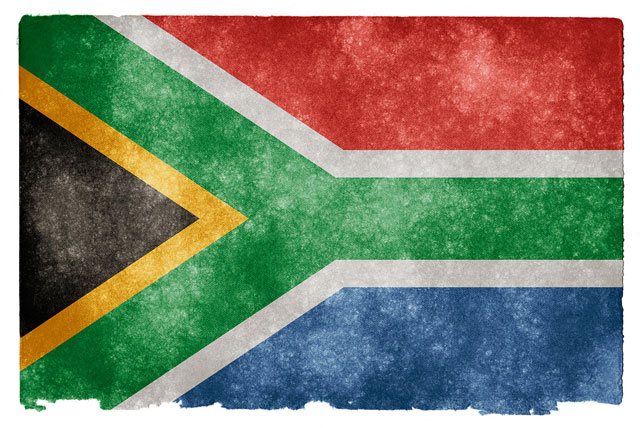
Regulation of South Africa’s communications technology sector needs to be strengthened to ensure that costs come down and broadband speeds improve, government’s Twenty Year Review, released by president Jacob Zuma on Tuesday, says.
The purpose of this Twenty Year Review is to reflect on the legacy inherited by democratic South Africa, how the country has progressed in realising objectives set in 1994, and the challenges which still remain and how it can best address these.
In developing the Twenty Year Review, 20 roundtable discussions were held with academic and research institutions, the business community and civil society.
In a section dealing specifically with communications technology, the report says: “Despite rapid post-apartheid modernisation and high levels of private-sector participation and investment, the cost of communications in South Africa remains above world averages, while digital speeds and service offerings have remained relatively low.”
It says that to address this, regulation of the industry “needs to be strengthened”. However, it’s important that this is done “while maintaining the appetite for investment, continued modernisation and greater access to information and communication services for historically marginalised communities”.
The document doesn’t go into any sort of detail on how regulation of the sector should be strengthened, and reflects more on what’s happened over the past 20 years.
It says that communications infrastructure prior to 1994 had been focused on the minority white community, but it still lagged global advancements in technology. It points out that South Africa was decades behind the rest of the world in launching television.
“South Africa only began limited television services (mainly for a white audience) in the mid-1970s,” the report says.
“Widespread home satellite systems, Internet services and mobile cellular telephony only became a reality with the advent of democracy and the end of the apartheid security state.”
The report points out that before the end of apartheid, South Africa’s communications sector was characterised by a few state-owned organisations – the SABC, Telkom and the Post Office – with high levels of state interference and little or no competition.
“Media independence was restricted. Private-sector investment and involvement in the communications sector was almost non-existent. Investment in the sector was limited by government affordability, and access to communication services by the majority was poor.”
Since 1994, the broadcasting sector has expanded “substantially”, according to the report, with 74% of households with television in 2011 compared to 53% in 2001, while billions of rand in private-sector investment has been made in cellular infrastructure.
Computer ownership increased from 8,5% of households in 2001 to more than 21% in 2011, showing progress in addressing the digital divide, the report says, citing research.
However, there was a decrease in the penetration of fixed lines and radio “in favour of newer technologies”. — (c) 2014 NewsCentral Media

